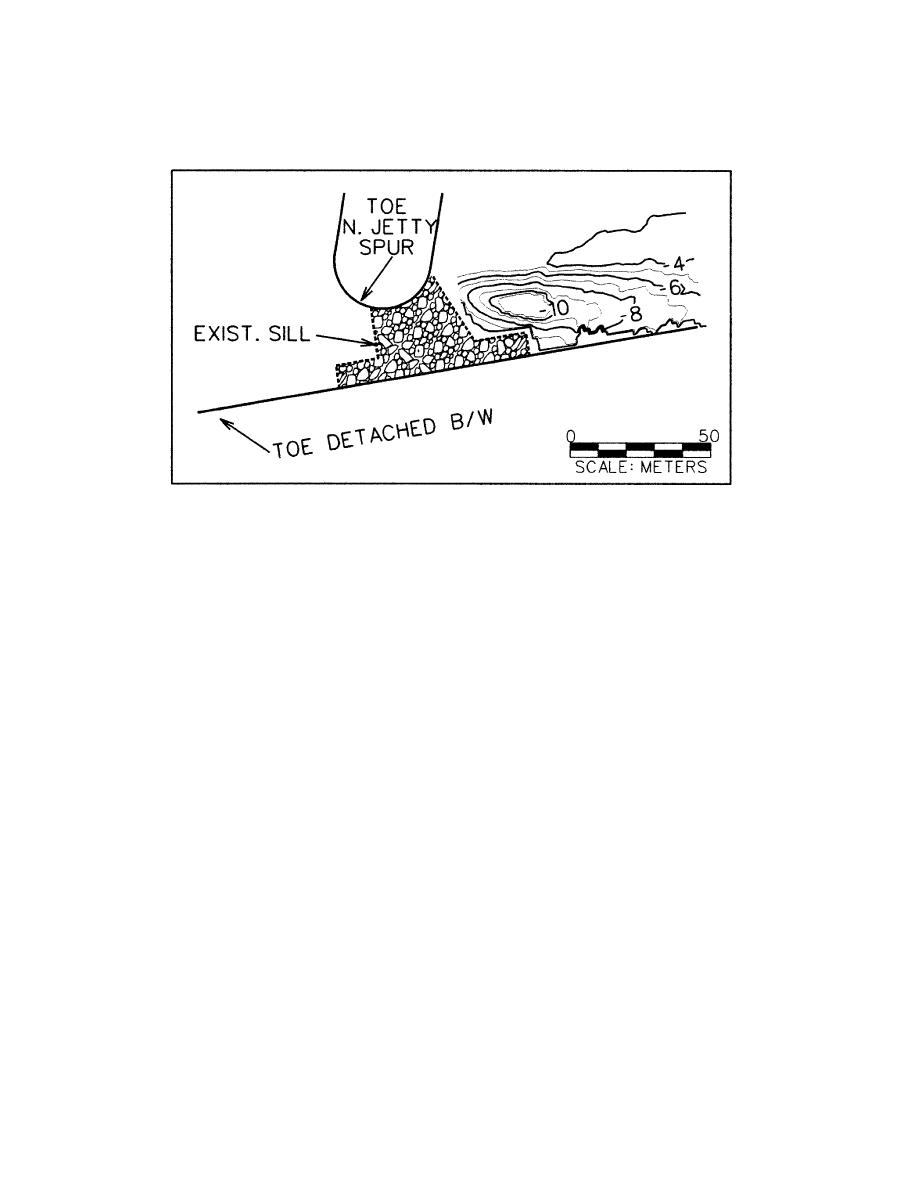
Figure 5: Ventura Harbor model scour downstream of rock sill.
Design of Toe Protection
The 1996 design for toe protection along the leeside of the detached breakwater was
prepared before the investigation described in this paper was undertaken. This early
design featured 5-m-wide berm of B-2 (1.8 tonne) stone at elevation -1.2 m MLLW
and an additional 10-m-wide apron of quarryrun C-stone at an elevation of about
-4 m MLLW. However, only 46 lineal meters of the 136 lineal meters of breakwater
downsteam of the rock sill was to receive new toe protection.
Results from the model test with sill in place (but with no toe protection) indicated
that the unprotected 92 lineal meters of breakwater would be vulnerable to scour-
related damage under the 1996 toe protection design. Therefore, future repairs could
be avoided if the toe protection was extended over the entire 136 m of breakwater.
It was also felt that the 1996 design cross-section was overly conservative, and cost
savings could be realized by optimizing the design using the physical model. A total
of three design options were tested in the physical model, with each test improving
on some aspect of the previous design.
Plan 1. The first plan featured a 7.6-m-wide, 1.8-m-deep berm constructed of quar-
ryrun material (0.16 m to 0.3 m stone diameter) at an elevation of -2.8 m. The model
test was run for 9 hours to scour equilibrium at the same flow rate used in the second
calibration test. Next, opposing waves were added to simulate severe waves diffracting
around the southern tip of the detached breakwater and approaching the gap from
the south.
The scaled quarryrun C-stone proved to be stable under current and wave action.
In fact, the result was conservative because the currents were relatively faster than
called for by Froude scaling, which governed toe berm stability. Overall, a significant
portion of the berm bench slumped into the scour hole that developed in the model,
11
Hughes/Schwichtenberg




 Previous Page
Previous Page
